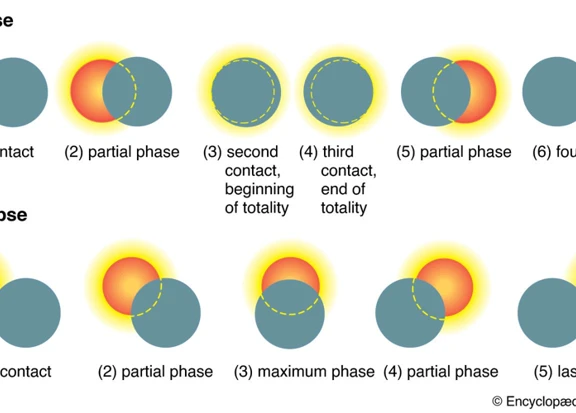Eclipses have captivated humanity for centuries, leaving us in awe of the celestial wonders that unfold before our eyes. But have you ever wondered how astronomers predict these spectacular events? In this article, we will dive into the fascinating world of eclipse forecasting, exploring the historical methods used by ancient cultures, as well as the modern techniques employed by astronomers today. From the intricate mathematics and algorithms involved to the role of advanced technology and data analysis, we will uncover the secrets behind the predictions of both solar and lunar eclipses. So grab your telescope and get ready to embark on an astronomical journey like no other!
Contents
- The Basics of Eclipses
- Understanding Eclipse Cycles
- Historical Methods of Eclipse Prediction
- Modern Techniques for Eclipse Forecasting
- The Role of Astronomical Observatories
- Remote Sensing and Satellite Data
- Mathematics and Algorithms in Eclipse Predictions
- Computer Models and Simulations
- Data Analysis and Statistical Methods
- Factors Affecting Eclipse Predictions
- Challenges in Forecasting Total Solar Eclipses
- Predicting Lunar Eclipses
- Eclipse Prediction in Ancient Cultures
- Use of Technology in Ancient Eclipse Forecasts
- Conclusion
-
Frequently Asked Questions
- What is the difference between a solar eclipse and a lunar eclipse?
- How often do eclipses occur?
- Why are eclipses not visible from everywhere on Earth?
- Can eclipses be harmful to our eyes?
- Why are some eclipses total while others are partial?
- How long does a total solar eclipse last?
- How do astronomers predict the timing and duration of eclipses?
- Can eclipses be predicted thousands of years in advance?
- What are some historical methods of eclipse prediction?
- What is the cultural significance of eclipses?
- References
-
Frequently Asked Questions
- 1. How do astronomers predict when and where eclipses will occur?
- 2. What are eclipse cycles and how do they affect predictions?
- 3. What were the historical methods used for predicting eclipses?
- 4. How do modern techniques differ from historical methods of eclipse prediction?
- 5. What role do astronomical observatories play in eclipse predictions?
- 6. How is remote sensing and satellite data used in eclipse predictions?
- 7. What is the significance of mathematics and algorithms in eclipse predictions?
- 8. How do computer models and simulations aid in eclipse predictions?
- 9. What is the role of data analysis and statistical methods in eclipse predictions?
- 10. What are the main challenges in forecasting total solar eclipses?
- References
- Read More
The Basics of Eclipses
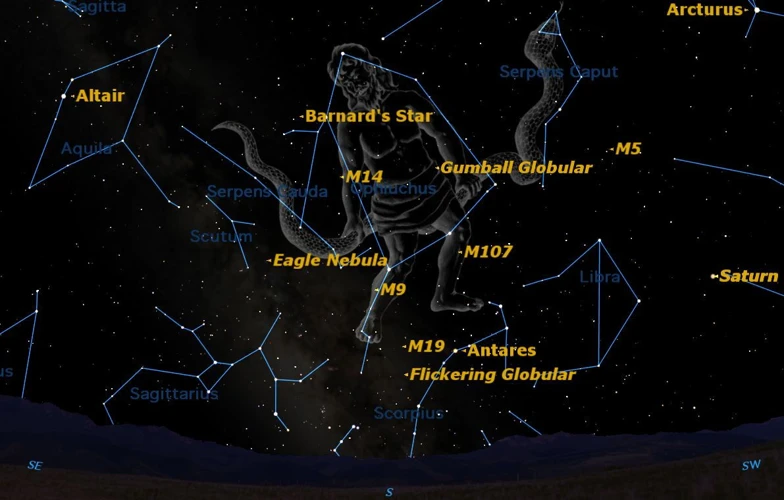
An eclipse occurs when one celestial body partially or completely obscures another, resulting in a temporary dimming or blocking of light. There are two main types of eclipses: solar eclipses and lunar eclipses. A solar eclipse takes place when the Moon passes between the Earth and the Sun, casting a shadow on the Earth’s surface. This can result in either a partial or a total eclipse, depending on the alignment of the Moon, Earth, and Sun. On the other hand, a lunar eclipse occurs when the Earth comes between the Sun and the Moon, causing the Moon to pass through the Earth’s shadow. Lunar eclipses can be seen from anywhere on Earth, as long as the Moon is above the horizon during the event. Both solar and lunar eclipses are rare and occur in predictable patterns, which astronomers have been studying for centuries. Understanding the basics of eclipses is crucial for predicting future events and unraveling the mysteries of our solar system.
Understanding Eclipse Cycles
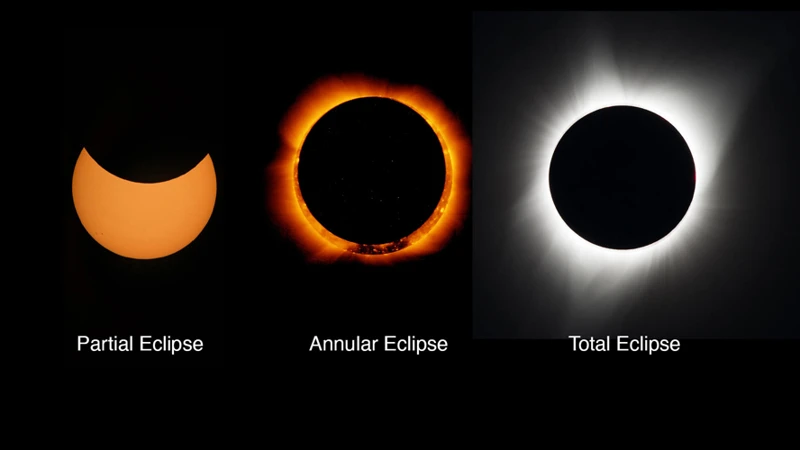
Understanding eclipse cycles is essential for astronomers to accurately predict when future eclipses will occur. The two main cycles associated with eclipses are the Saros cycle and the Metonic cycle. The Saros cycle, discovered by the ancient Babylonians, is approximately 18 years, 11 days, and 8 hours long. This cycle predicts when a series of eclipses will occur in a specific pattern. Each series begins with a partial eclipse, followed by a total eclipse, and finally ends with another partial eclipse. After one Saros cycle is complete, a similar series of eclipses will occur, but shifted slightly in longitude. This cycle allows astronomers to anticipate the occurrence of eclipses years in advance. The Metonic cycle, on the other hand, is approximately 19 years long and is based on the relationship between the lunar phase and the solar year. This cycle predicts when similar lunar and solar patterns will repeat, resulting in eclipses that have similar characteristics. By understanding these cycles and their mechanisms, astronomers can forecast and plan for future eclipses with remarkable accuracy.
Historical Methods of Eclipse Prediction
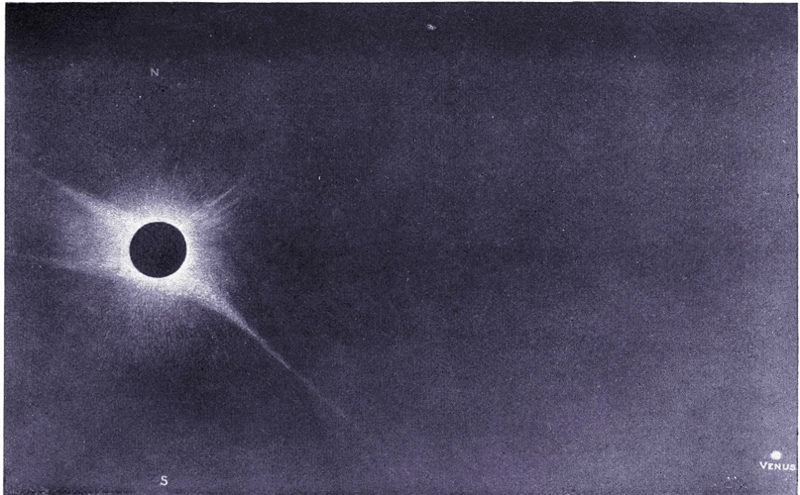
In ancient times, without the aid of modern technology, civilizations developed various methods to predict eclipses. These historical methods relied on observations, record-keeping, and the study of celestial movements. Here are some examples of how different cultures approached eclipse prediction:
1. Babylonian Observations: The ancient Babylonians meticulously recorded astronomical events and developed a system known as “periodicities.” By studying the intervals between observed eclipses, they were able to predict future eclipses with a reasonable degree of accuracy.
2. Chinese Predictions: Chinese astronomers used traditional methods like the “kanshi,” which involved analyzing lunar positions based on a 60-year cycle. They also kept detailed historical records, known as “bamboo annals,” which assisted in tracking and predicting eclipses.
3. Mayan Calculations: The Mayans had a sophisticated understanding of celestial movements and meticulously tracked Venus and the Moon. By correlating these observations with their calendar system, they developed a method to forecast eclipses years in advance.
4. Ancient Greek Deductions: Greek astronomer Hipparchus made significant contributions to eclipse prediction by using trigonometry to calculate the positions and movements of the Moon and the Sun. His work laid the foundation for future astronomers.
These historical methods laid the groundwork for our current understanding of eclipses. While their predictions were not as precise as what we achieve today, they were impressive achievements given the limited resources and technology available. As humanity’s knowledge of astronomy expanded, so did our ability to forecast celestial events accurately.
Modern Techniques for Eclipse Forecasting
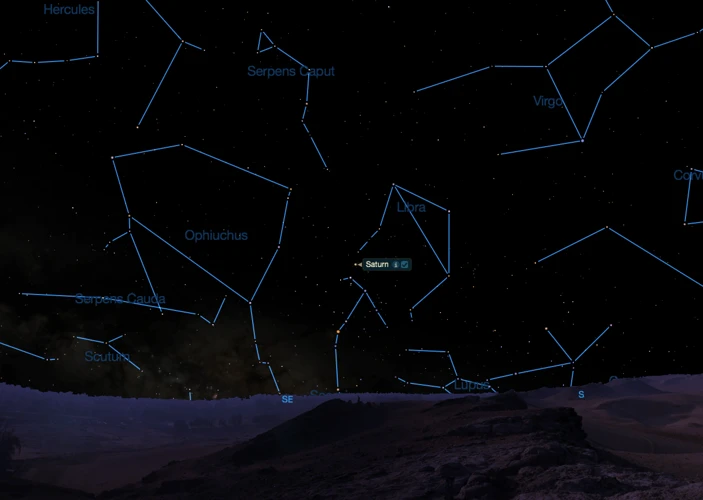
Modern astronomers employ a variety of advanced techniques for eclipse forecasting, harnessing the power of technology and data analysis. One of the key methods involves utilizing sophisticated mathematical models and algorithms to calculate the precise positions and movements of celestial bodies. These models take into account the gravitational interactions between the Earth, Moon, and Sun, along with other factors such as the Earth’s rotation and the Moon’s orbit. By inputting this data into computer programs, astronomers can accurately predict the occurrence and characteristics of future eclipses. Additionally, remote sensing and satellite data play a vital role in eclipse forecasting. Satellites equipped with special instruments provide valuable information about the Earth’s atmosphere, allowing scientists to study its effects on the visibility and timing of an eclipse. This data helps refine the predictions and provides crucial insights into the behavior of light during such events. Another important technique involves analyzing historical eclipse records and patterns. By examining past eclipses and their associated celestial configurations, scientists can identify recurring patterns and use them to forecast future events. Statistical methods are applied to analyze the large datasets and extract patterns, providing valuable information for eclipse predictions. These modern techniques have revolutionized the field of eclipse forecasting, enabling astronomers to make more accurate and detailed predictions than ever before. With the aid of technology and advanced mathematical models, we continue to unravel the secrets of eclipses and gain a deeper understanding of our place in the cosmos.
The Role of Astronomical Observatories
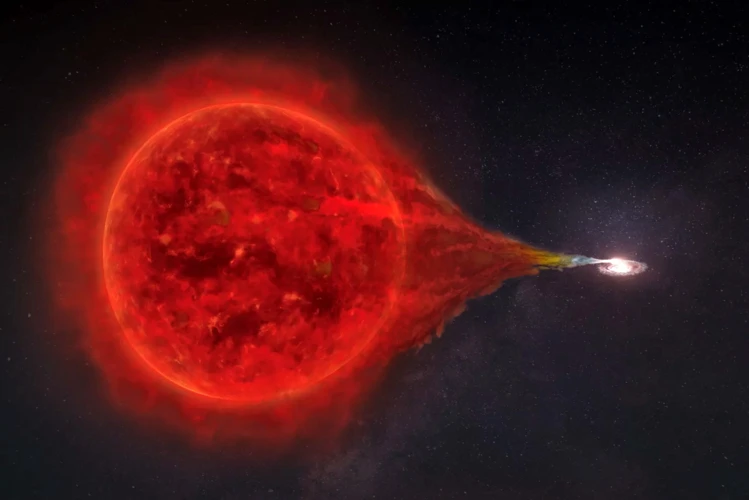
Astronomical observatories play a crucial role in the prediction and study of eclipses. These specialized institutions are equipped with advanced telescopes and instruments that enable astronomers to observe celestial phenomena with great precision. Observatories provide a controlled environment for scientists to gather data and monitor the movement of celestial bodies, including the Moon, Sun, and Earth. By carefully observing and recording the positions, sizes, and timings of these celestial objects, astronomers can calculate and predict forthcoming eclipses. Observatories contribute to ongoing research and provide valuable data that helps refine eclipse prediction models and algorithms. The data collected at these institutions allows scientists to analyze and understand the intricate dynamics of eclipses, leading to a deeper comprehension of our solar system and the mechanisms that govern celestial events. Through their vital role, astronomical observatories are at the forefront of uncovering the mysteries of eclipses and expanding our knowledge of the universe.
Remote Sensing and Satellite Data
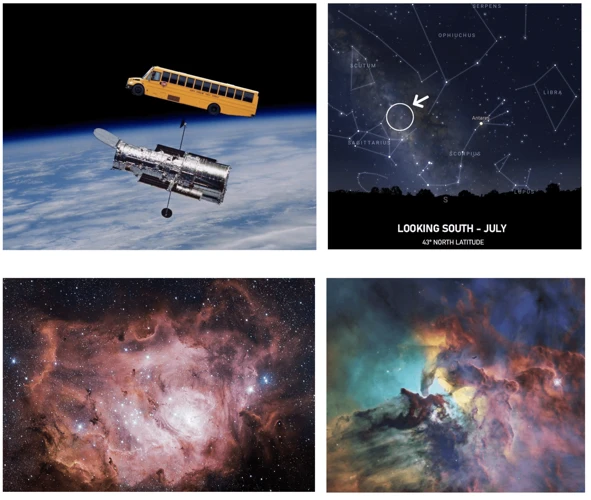
Remote sensing and satellite data play a crucial role in modern eclipse prediction. Astronomers utilize advanced technologies and instruments to observe and measure various parameters related to eclipses. Satellites equipped with specialized cameras and sensors capture detailed images of the Earth, Moon, and Sun, providing valuable data for eclipse forecasting. These satellites can track the positions and movements of celestial bodies, helping astronomers determine the alignment and geometry necessary for an eclipse to occur. Additionally, remote sensing tools allow scientists to study atmospheric conditions, such as cloud cover and air density, which can influence the visibility of an eclipse. The data collected from these remote sensing methods is then analyzed and integrated into mathematical models and algorithms to accurately predict the timing, duration, and visibility of upcoming eclipses. With the advent of advanced imaging technology and satellite networks, astronomers have gained unprecedented access to real-time data and observations, enhancing their ability to forecast eclipses with greater precision and accuracy.
Mathematics and Algorithms in Eclipse Predictions

Mathematics and algorithms play a crucial role in predicting eclipses with precision. Astronomers rely on intricate calculations to determine the exact timing, duration, and path of an eclipse. One of the fundamental concepts used in eclipse predictions is the Saros cycle, an algorithmic cycle that predicts when similar eclipses will occur. The Saros cycle spans approximately 18 years and 11 days, during which a series of eclipses with similar characteristics repeat. This cycle is based on the alignment of the Sun, Earth, and Moon, and it helps astronomers predict future eclipses based on past observations. Another important mathematical aspect is celestial mechanics, which involves using complex equations to model the motions of celestial bodies and their gravitational interactions. By understanding the gravitational forces at play, astronomers can calculate the precise positions and alignments of the Sun, Moon, and Earth. These calculations, combined with advanced algorithms and computer simulations, enable astronomers to forecast eclipses accurately decades or even centuries into the future. The use of mathematics and algorithms in eclipse predictions showcases the remarkable fusion of scientific knowledge and technological advancements, allowing us to unravel the mysteries of the cosmos.
Computer Models and Simulations

Computer models and simulations play a crucial role in the field of eclipse prediction, allowing astronomers to forecast upcoming eclipses with a high degree of accuracy. These models involve complex algorithms that take into account various astronomical factors, such as the positions and movements of the Sun, Moon, and Earth. By inputting precise data and running simulations, scientists can simulate the celestial events and predict the exact timing and duration of eclipses. These models also allow for the visualization of eclipses, enabling astronomers to observe the path of totality and predict which regions of the Earth will experience a total eclipse. Additionally, computer models help astronomers study the effects of atmospheric conditions, such as weather patterns and cloud cover, on eclipse visibility. With advancements in technology and computing power, these models continue to improve in accuracy and precision, providing invaluable insights into the mysteries of eclipses and enhancing our understanding of the universe.
Data Analysis and Statistical Methods
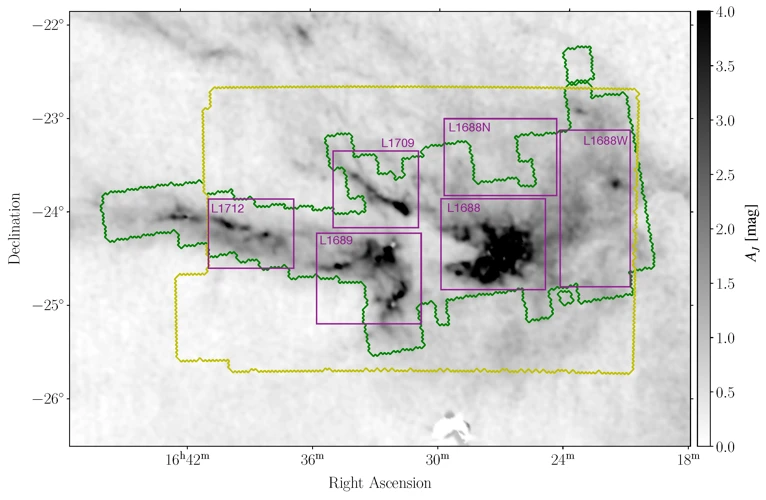
Data analysis and statistical methods play a crucial role in the field of eclipse prediction. Astronomers collect vast amounts of data on celestial bodies, including the positions and movements of the Sun, Moon, and Earth. This data is then analyzed using statistical techniques to identify patterns and correlations that can help forecast future eclipses. One common statistical method used is regression analysis, which examines the relationships between different variables to determine their impact on eclipse occurrences. By studying historical eclipse data over long periods of time, astronomers can identify recurring patterns and cycles, such as the Saros cycle, which helps predict the occurrence of both solar and lunar eclipses. Additionally, statistical models are used to estimate the likelihood of specific types of eclipses, such as total solar eclipses or partial lunar eclipses, based on various factors like geographical location and celestial alignments. These data analysis and statistical methods provide valuable insights into the complex dynamics of eclipses, helping astronomers make accurate predictions and expanding our understanding of the celestial world.
Factors Affecting Eclipse Predictions
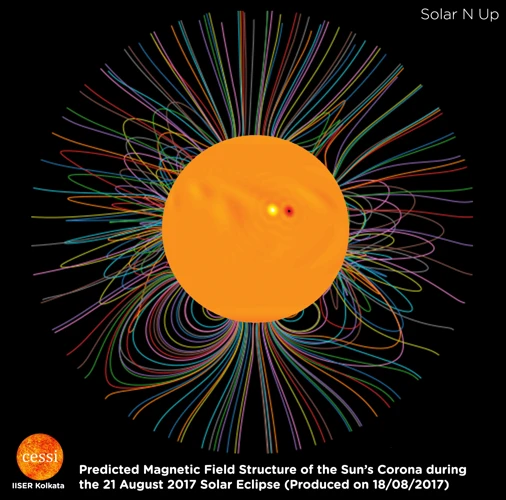
Several factors come into play when it comes to predicting eclipses accurately. One of the key factors is the precise determination of the positions and movements of celestial bodies involved, namely the Sun, Moon, and Earth. Astronomers rely on accurate data about the orbits and velocities of these bodies to calculate the timing and duration of eclipses. Another critical factor is atmospheric conditions. Cloud cover, pollution, and weather patterns can obstruct the view of an eclipse, making it challenging to observe and predict accurately. Additionally, the Earth’s topography plays a role in eclipse visibility. Mountains, hills, and tall buildings can block the view of an eclipse from certain locations, leading to variations in visibility across different regions. Astronomers also take into account the Earth’s axial tilt, which affects the angle at which sunlight reaches the Moon during a lunar eclipse and determines the likelihood of an eclipse occurring during specific seasons. Lastly, the accuracy of eclipse predictions is also influenced by the quality of observational instruments and the advancements in technology used to measure and record data. With the aid of sophisticated telescopes, satellites, and remote sensing technologies, scientists can gather detailed information about celestial bodies and their interactions, improving the accuracy of eclipse predictions. Considering these factors and advancements allows astronomers to refine their calculations and provide more precise eclipse forecasts.
Challenges in Forecasting Total Solar Eclipses
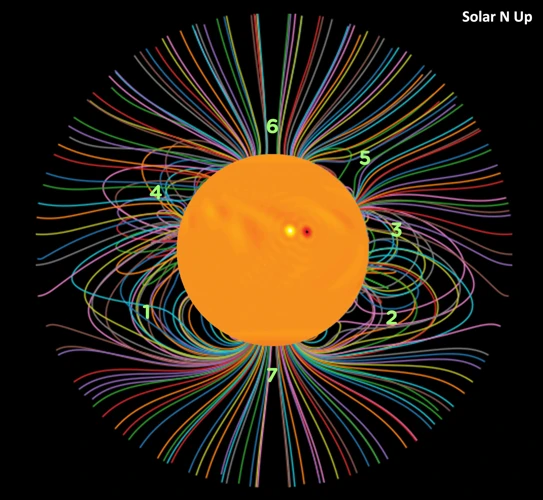
Forecasting total solar eclipses is a tremendous challenge for astronomers due to several factors. One major obstacle is the precise prediction of the path and duration of totality, which refers to the area on Earth where the Sun is completely blocked by the Moon during an eclipse. The path of totality can vary with each eclipse, spanning different regions of the globe, making it difficult to forecast accurately. Additionally, the duration of totality can vary from a few seconds to several minutes, depending on various factors such as the distance between the Earth and the Moon, the Earth’s rotation, and the angle of the Moon’s orbit. Another challenge lies in weather conditions. Cloud cover or atmospheric conditions can obstruct the view of an eclipse, rendering even the most accurate predictions futile. Astronomers employ advanced meteorological modeling and satellite data to mitigate these challenges, but the unpredictable nature of weather introduces an element of uncertainty. Despite these complexities, astronomers continue to refine their techniques and leverage technological advancements to increase the accuracy of predicting total solar eclipses and provide the public with optimal viewing opportunities.
Predicting Lunar Eclipses
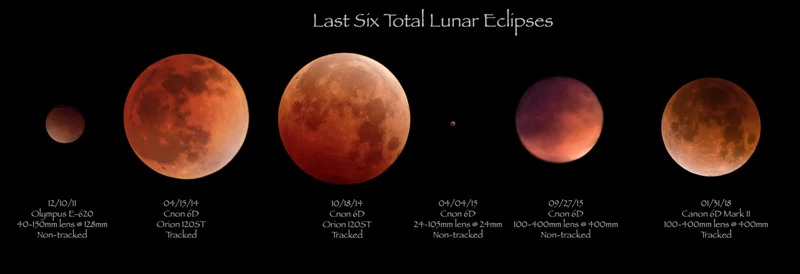
Predicting lunar eclipses involves a combination of mathematical calculations and astronomical observations. Unlike solar eclipses, lunar eclipses can be seen from anywhere on Earth that has a view of the Moon during the event. This makes them more accessible for observation and prediction. Astronomers rely on the motions of the Earth, Moon, and Sun to forecast lunar eclipses. By calculating the positions and paths of these celestial bodies, they can determine when and where a lunar eclipse is likely to occur. The key factor in predicting a lunar eclipse is the alignment of the Earth, Moon, and Sun, specifically during a full moon. Lunar eclipses occur when the Moon passes through the Earth’s shadow, which can only happen when the three bodies are in a straight line. By utilizing historical data and computational models, astronomers can forecast the occurrence and duration of lunar eclipses with a high degree of accuracy. This allows enthusiasts and researchers to plan their observations and study the various aspects of these beautiful celestial events.
Eclipse Prediction in Ancient Cultures
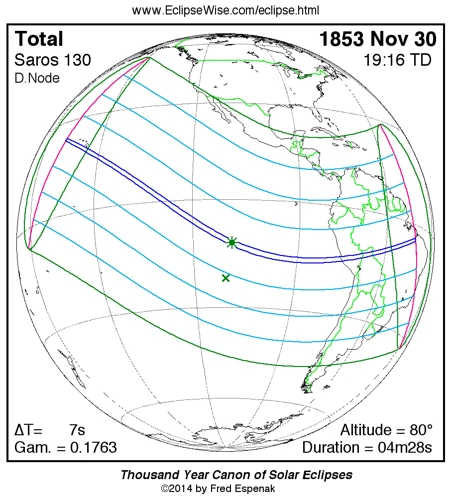
Eclipse prediction in ancient cultures holds a rich and intriguing history. Many civilizations, such as the Babylonians, Greeks, Egyptians, and Mayans, developed intricate systems for forecasting celestial events, including eclipses. These cultures believed that eclipses were not random occurrences, but rather divine messages or omens from the gods. For example, the ancient Greeks associated eclipses with mythological stories, interpreting them as significant signs from their deities. The Mayans, renowned for their advanced understanding of astronomy, carefully observed celestial movements and incorporated them into their calendars. They used complex mathematical calculations to predict eclipses with impressive accuracy. In ancient China, records dating back thousands of years have been found, documenting the precise timing and duration of eclipses. The Chinese believed that eclipses were caused by celestial dragons swallowing the Sun or the Moon, and they performed rituals to ward off these mythical creatures during an eclipse. While their methods may have been steeped in mythology, the ancient cultures’ attention to celestial phenomena paved the way for the development of more scientific techniques in modern-day eclipse prediction.
Use of Technology in Ancient Eclipse Forecasts

Ancient cultures had a deep fascination with celestial events, and they developed various methods to predict eclipses using the limited technology available at the time. One such civilization was ancient Babylonia, where astronomers meticulously recorded celestial observations on clay tablets. These tablets contained detailed information about the positions of the Sun, Moon, and planets, allowing them to make calculations and predictions about upcoming eclipses. Similarly, the Mayans in Central America used their advanced calendar system to forecast eclipses accurately. They built structures such as the famous pyramid at Chichen Itza, which served as a physical observatory to track the movements of celestial bodies. In ancient China, astronomers relied on the use of sophisticated instruments called “gnomons” to measure the shadow cast by the Sun, providing crucial data for eclipse forecasts. The use of technology in ancient eclipse forecasts played a vital role in these cultures’ understanding of the celestial world and their ability to predict these awe-inspiring events.
Conclusion

In conclusion, the forecasting of eclipses is a fascinating blend of ancient wisdom and modern technological advancements. Astronomers and scientists have honed their skills over centuries, developing complex mathematical models, algorithms, and computer simulations to predict the precise timing and characteristics of solar and lunar eclipses. From studying historical eclipse records to leveraging remote sensing and satellite data, every effort is made to improve the accuracy of eclipse forecasts. However, it’s important to note that there are still challenges and uncertainties involved in predicting total solar eclipses due to various factors such as Earth’s atmosphere, weather conditions, and subtle changes in the Moon’s orbit. Nevertheless, the continuous advancements in technology and data analysis methods have significantly enhanced our understanding of these celestial phenomena. As we continue to unravel the secrets of eclipses, we gain a deeper appreciation for the vastness and complexity of our universe. So, keep your eyes on the sky and embrace the wonder of eclipses as they unfold before us.
Frequently Asked Questions

What is the difference between a solar eclipse and a lunar eclipse?
A solar eclipse occurs when the Moon passes between the Earth and the Sun, casting a shadow on the Earth’s surface. In contrast, a lunar eclipse occurs when the Earth comes between the Sun and the Moon, causing the Moon to pass through the Earth’s shadow.
How often do eclipses occur?
Eclipses are relatively rare events. On average, there are two to five solar eclipses and two to four lunar eclipses each year. However, not all of them are visible from every location on Earth.
Why are eclipses not visible from everywhere on Earth?
Eclipses are only visible from specific regions on Earth that fall within the path of totality or the area where the eclipse is visible. For example, a total solar eclipse can only be observed from the narrow path where the Moon’s shadow falls on the Earth’s surface.
Can eclipses be harmful to our eyes?
During a solar eclipse, it is important to protect your eyes from harmful solar radiation. Looking directly at the Sun without proper eye protection can cause permanent damage to your vision. It is recommended to use special eclipse glasses or filters to view a solar eclipse safely.
Why are some eclipses total while others are partial?
The type of eclipse (total, partial, or annular) depends on the alignment of the Sun, Earth, and Moon. If the Moon completely blocks the Sun’s light, a total eclipse occurs. If only a portion of the Sun is obscured, it results in a partial eclipse.
How long does a total solar eclipse last?
The duration of a total solar eclipse can vary, but it typically lasts for a few minutes. The length of the eclipse depends on factors such as the distance between the Earth and the Moon and the location of the viewer along the path of totality.
How do astronomers predict the timing and duration of eclipses?
Astronomers use mathematical models and sophisticated algorithms to calculate the precise timing and duration of eclipses. These calculations take into account the varying distances between the Earth, Moon, and Sun, as well as the speed and orbits of these celestial bodies.
Can eclipses be predicted thousands of years in advance?
Yes, astronomers can predict eclipses well into the future using mathematical models and historical data. By studying eclipse cycles and patterns, scientists can forecast eclipses thousands of years in advance with a high level of accuracy.
What are some historical methods of eclipse prediction?
Ancient civilizations used various methods to predict eclipses, such as observing celestial movements, tracking eclipse cycles, and recording astronomical events. They developed calendars and astronomical tools to anticipate future eclipses and understand their significance.
What is the cultural significance of eclipses?
Eclipses have held great cultural and spiritual significance throughout history. Many ancient cultures interpreted eclipses as omens or celestial messages, often associating them with important events or changes in the world. Today, eclipses continue to inspire awe and wonder, bringing people together to witness these extraordinary cosmic occurrences.
References
Frequently Asked Questions

1. How do astronomers predict when and where eclipses will occur?
Astronomers use a combination of mathematical calculations, computer models, and observations to predict when and where eclipses will occur. They take into account the positions and movements of the Sun, Moon, and Earth to determine the precise timing and location of an eclipse.
2. What are eclipse cycles and how do they affect predictions?
Eclipse cycles refer to the periodic patterns in which eclipses occur. The Saros cycle, for example, repeats approximately every 18 years and 11 days. Astronomers use these cycles to forecast future eclipses. By studying the characteristics of past eclipses within a cycle, they can predict the timing and nature of future eclipses in that cycle.
3. What were the historical methods used for predicting eclipses?
In ancient times, civilizations like the Babylonians and Greeks used observational data, such as the positions of celestial bodies and patterns in the sky, to predict eclipses. They also relied on rudimentary mathematical calculations to make forecasts.
4. How do modern techniques differ from historical methods of eclipse prediction?
Modern techniques make use of advanced tools such as computer models, simulations, remote sensing, and satellite data. These technologies allow astronomers to make more accurate and detailed predictions by analyzing vast amounts of data and running complex algorithms.
5. What role do astronomical observatories play in eclipse predictions?
Astronomical observatories play a vital role in the study of celestial objects, including the Sun, Moon, and other planets. They collect data and observations that are essential for predicting eclipses accurately. Observatories also contribute to the development of models and algorithms used in eclipse forecasting.
6. How is remote sensing and satellite data used in eclipse predictions?
Remote sensing involves collecting data from a distance, usually through specialized instruments or satellites. In the context of eclipse predictions, astronomers use satellite data to monitor the movement and behavior of celestial bodies. This data provides valuable information for making precise forecasts.
7. What is the significance of mathematics and algorithms in eclipse predictions?
Mathematics and algorithms play a critical role in eclipse predictions as they allow astronomers to calculate the precise positions and movements of celestial bodies. Complex mathematical equations and algorithms are used to process observational data and make accurate predictions about future eclipses.
8. How do computer models and simulations aid in eclipse predictions?
Computer models and simulations help astronomers simulate the behavior of celestial bodies and predict the path and timing of eclipses. By inputting observational data and running simulations, astronomers can visualize and analyze the interactions between the Sun, Moon, and Earth to forecast eclipses more accurately.
9. What is the role of data analysis and statistical methods in eclipse predictions?
Data analysis and statistical methods allow astronomers to analyze large data sets from multiple sources and identify patterns and trends related to eclipses. By applying statistical techniques, astronomers can make predictions with a higher level of confidence and accuracy.
10. What are the main challenges in forecasting total solar eclipses?
Forecasting total solar eclipses presents several challenges. One of the main difficulties is accurately predicting the exact path and duration of totality, as it depends on various factors such as the topography and atmospheric conditions along the eclipse path. Additionally, unforeseen changes in the Sun’s activity or unexpected variations in the Earth’s atmosphere can affect the visibility and timing of a total solar eclipse.
References
- Predicting Eclipses
- Prediction and calculation of solar and lunar eclipses
- How astronomers predict when the next eclipse will occur

